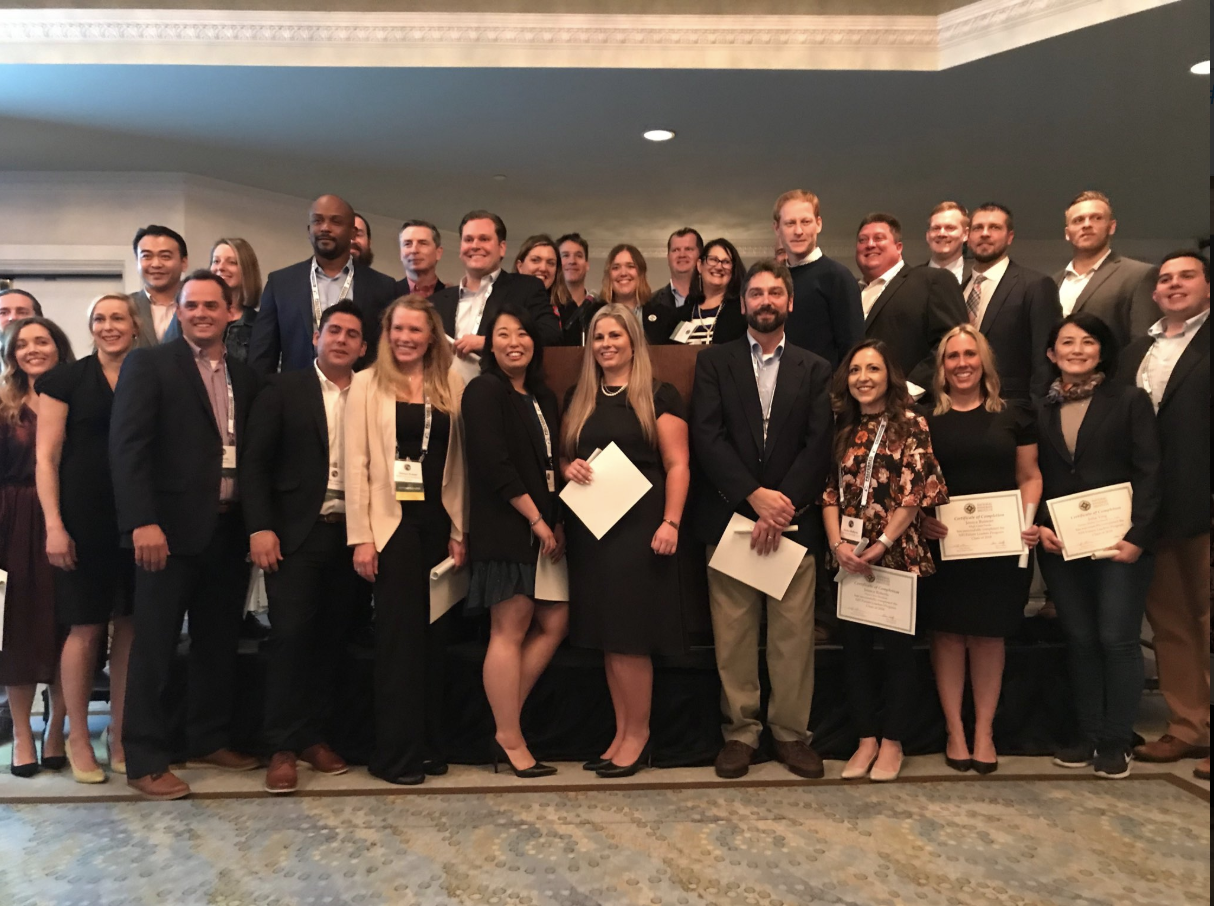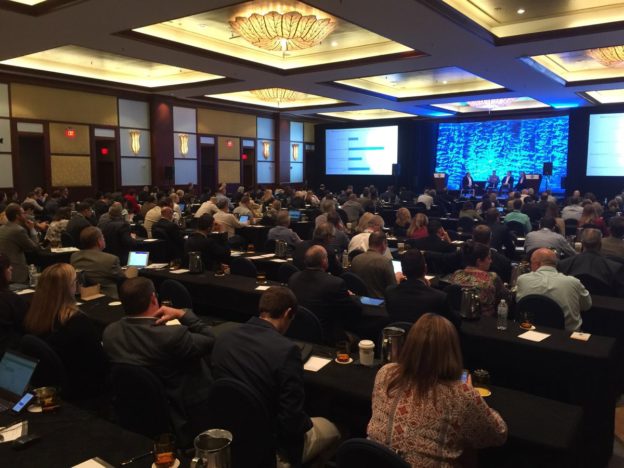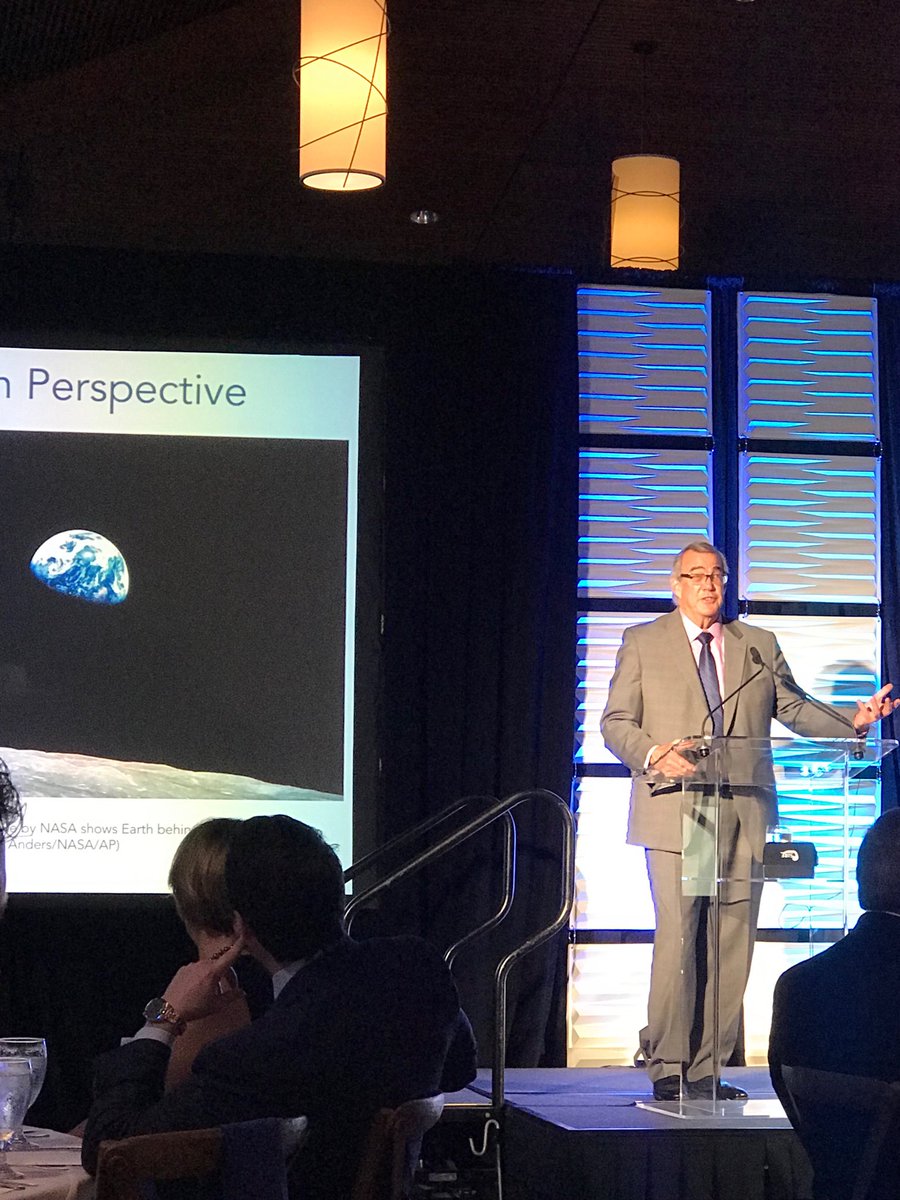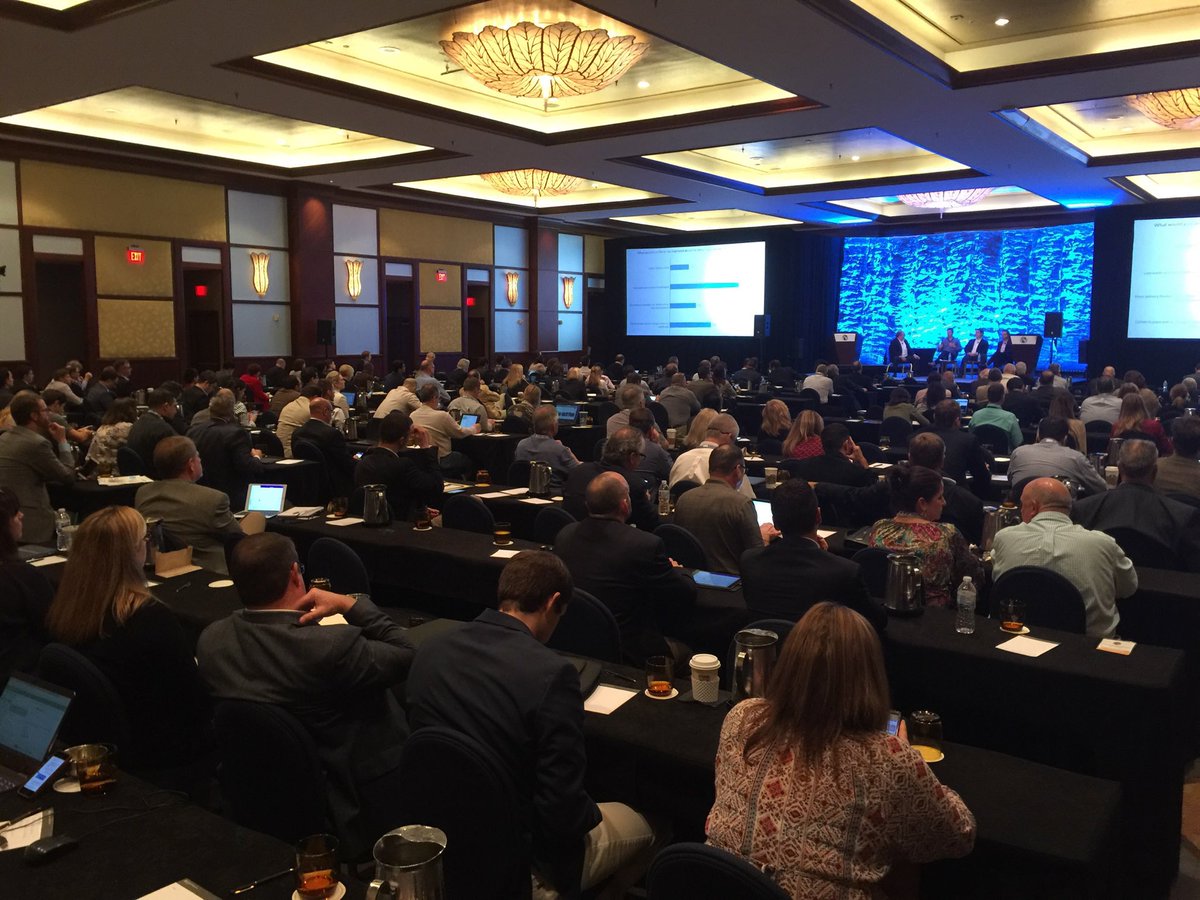In January, seafood suppliers from around the world gathered in San Diego, California, for the annual Global Seafood Market Conference. It was an educational week full of engaging discussions around the state of the industry, reviewing data about seafood consumption in the United States and around the world, as well as getting a peek into seafood’s future. Here are five takeaways from this year’s conference we wanted to share with you.
#1 What makes a fish “premium” is up for debate, and largely decided on by the consumer.
At the Premium Finish Panel, lead by Seattle Fish Company President, Derek Figueroa, panelists discussed all the different things that can contribute to fish being perceived as premium. Storytelling and brand positioning, price, reputation, availability, and catch method were all mentioned as possible attributes. An audience poll during the panel revealed that consumers themselves define what is premium. It’s our job as the seafood community and experts to help provide them with enough information to make that educated decision.
One lingering question from the panel: How can the seafood community help to position fish as a premium product? And, do we want to? Some panelists suggested instead promotion seafood as the protein of choice instead.
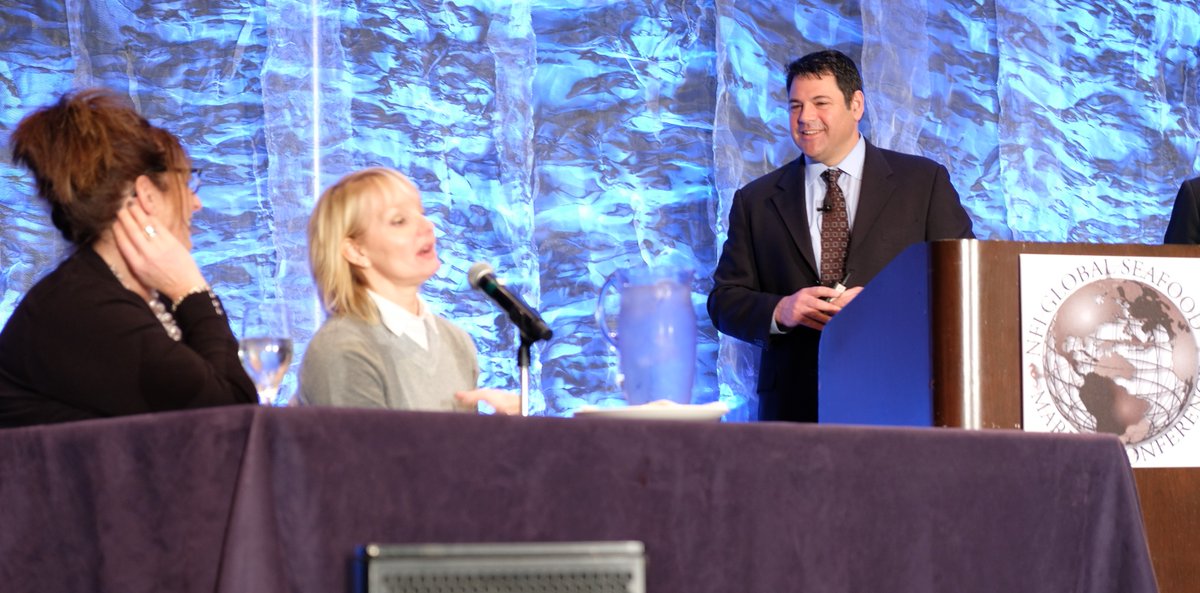
#2 Aquaculture can help be part of the solution for feeding our growing planet – and it needs the entire industry’s support to succeed.
Don Kent, President and CEO of Hubbs Research, spoke to the audience at the SIRF soiree dinner about the importance of supporting aquaculture — whether you’re in the business, or not. The fact is that by 2050, we will need more protein to feed our growing planet. No single protein is capable of doing this on its own. By supporting both wild-caught fish and those raised correctly at aquaculture sites, we can help to solve our world’s inevitable protein problem.
#3 We’re going to start seeing more seafood available in fast casual environments and on grocery store shelves.
People are asking for faster, healthier alternatives when they go out to eat: seafood can be that solution. At the Emerging Trends Panel, Chef Andrew Greul of SlapFish discussed with panelists the rise of seafood at fast casual restaurants. Greul talked a lot about flavors, and simply making sure customers have a positive, memorable experience. At Slapfish, the fish featured in their dishes is often interchangeable, so that when a particular product isn’t available, they can make a substitution and still provide something delicious for their customers.
Another area you can expect to see more seafood: the shelf. Since there’s no face-to-face interaction at the shelf like there is at the seafood counter, panelists discussed the importance of providing education as well as meal solutions for customers to help encourage them to try it.
In- home-delivery is also sky-rocketing, but seafood accounts for only 2% of those orders.
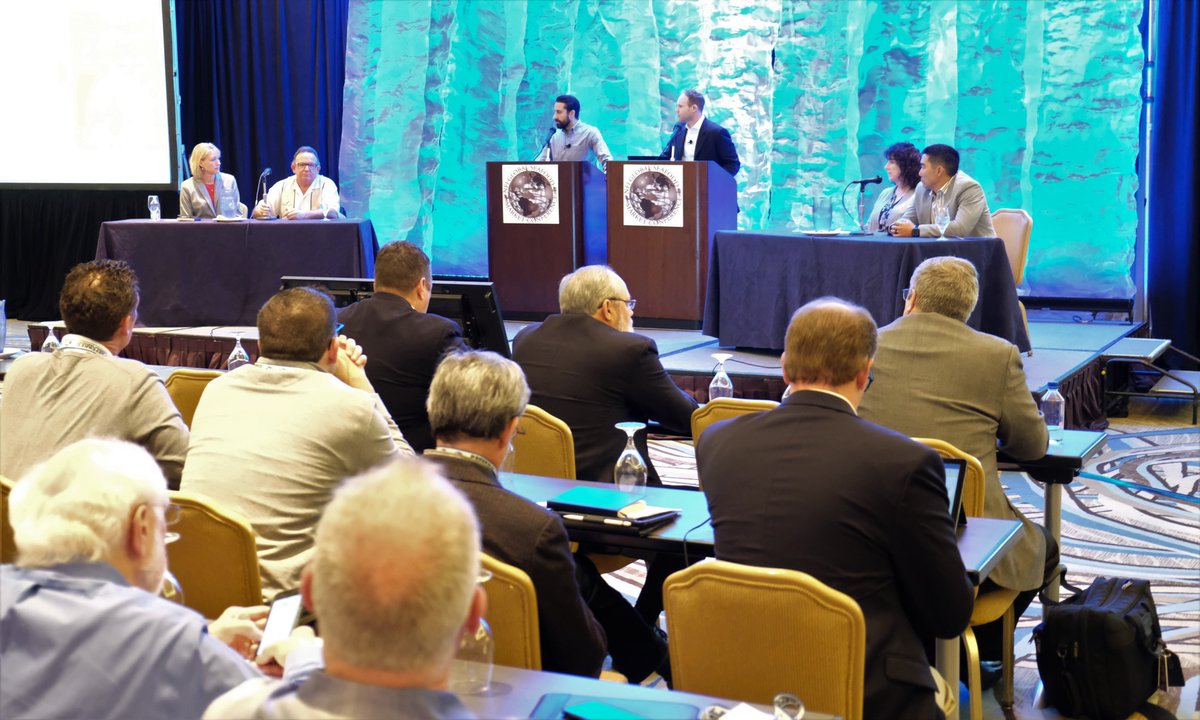 #4 Segmentation and fragmentation of the seafood industry is unique to our protein, and we need to work together to spread a common message.
#4 Segmentation and fragmentation of the seafood industry is unique to our protein, and we need to work together to spread a common message.
The beef, chicken and pork industries usually have a united message to rally their suppliers around. That’s different when it comes to seafood, however. The seafood industry is so incredibly segmented and specific that it makes it hard to promote a common message to consumers but we do have one, and it’s simple: Eat more seafood! Regardless of where we work or what part of the supply chain we contribute to, promoting overall consumption of seafood is something we can all get behind.
The National Fisheries Institute started a website and food blog, Dish on Fish, to help promote everyday use of seafood — whether that’s breakfast, lunch, dinner, or something in between. The idea is to show the ease and versatility of using seafood, maybe even as a substitute in recipes the consumer is already making with other proteins.
#5 The seafood industry is evolving. Quickly.
The Future Leaders Class of 2018 class-elected President, Laurel Raffan of Open Blue Cobia, spoke about the past and future of the seafood industry during her commencement speech. It’s true that our industry is one of the oldest in the world, and we’re seeing it change at a rapid rate thanks to technology.
We now have boats that can track what captain has caught a particular fish, at a particular time, in a particular place in the ocean. We can fly fish from one coast to the other in the same day – even around the world, within 24-36 hours. It’s true the technology has made our lives easier in some ways, but Laurel encouraged the graduation attendees to not lose the passion and the dedication that the generations before us had for this industry. We are working together to do something good, and feed people healthfully. The seafood industry has a rich past, and we shouldn’t ignore what has worked as we continue to expand and grow our industry and in a technologically advanced era. Seattle Fish Company Marketing Manager, Taylor Laitsch, also graduated as part of the 2018 class.
